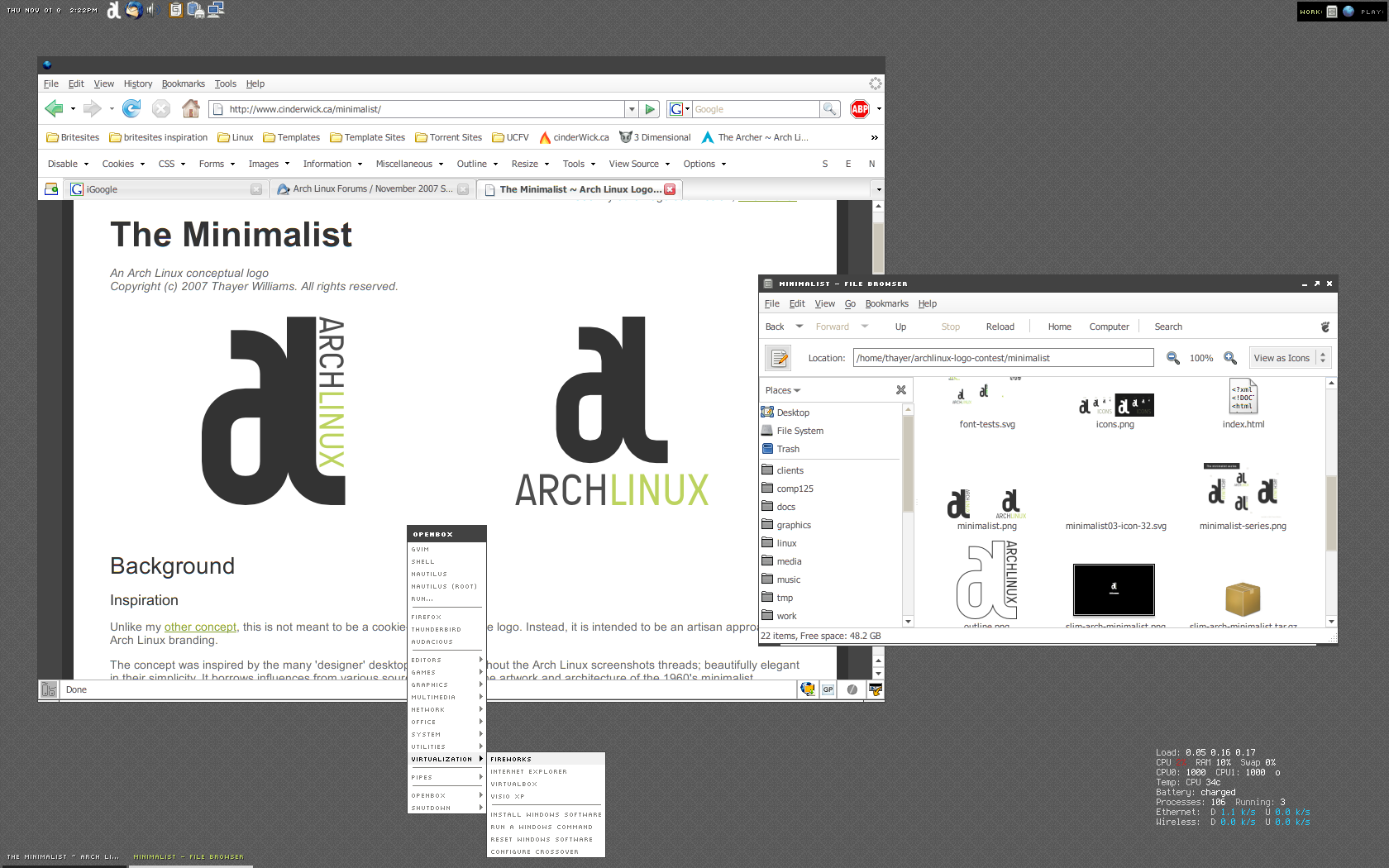Looks great! I'll definitely give this a try!
thayer
You can go with something like this if you want a clean solution.
I use a drive dock station for my backup drives, and I have a few of these for one-offs too.
Crucial is fine. It's commonly found in corporate and government workstations.
I don't use RCS myself, but there are recent posts on the GOS forums and it appears to be working fine once all of the prerequisites are installed.
Sure, like I said above, GOS doesn't at all prevent you from rooting the device. They only discourage it from a security point of view. Regarding MicroG, I've never had need for it myself but I've read many other posts over the years from users who have installed it on GOS in lieu of Graphene's own implementation.
I would argue that overall GrapheneOS provides more control over the OS than some other Android-based operating systems.
They don't.
You can root GOS like any other Android-based OS. It's just highly discouraged, completely unsupported and, in the opinion of the GOS devs, you will no longer be considered to be running GOS since you are compromising the core OS by doing so.
You've clearly done your homework, and you've gotten a lot of good feedback already, so I'll just add a few points...
-
Storage options: Personally, I'd replace the existing drive with the highest capacity I could afford. In an ideal situation, I'd keep the host on another drive (NVMe or flash) and dedicate the large drive to a single partition of data storage.
In my own mini-PC (8th gen NUC), I've got a smaller NVMe for Proxmox and a single 8TB internal SSD for data.
-
Encryption: If you're going to bother with encryption, I wouldn't half-ass it. Why bother at all if you're fine using auto-decryption or a weak password that will be guessed with any sizeable effort? Just lock it down with a strong password and decrypt/mount the data drive after any reboot; making a shell alias or script for this is trivial. You're likely not rebooting the server more than once a week anyway.
-
Budget/Specs: I get the sense you don't have much budget right now, but knowing your hardware would help in suggesting solutions. Do you have an NVMe slot? What is the make/model of the motherboard and case?
-
Filesystem: For simple storage, this really doesn't matter and Ext4 will probably be fine. It's a mature, robust, no-frills filesystem which is perfect for bulk file storage (docs, music, videos, etc.), but Btrfs would be fine too if you want more options.
-
USB Docking Stations: I've had really good experiences with USB docking stations like this one, and I currently use it for attaching my backup HDDs each month. I wouldn't want to rely on them for realtime data access, but they do work wonderfully for backups and one-off drive access.
Amazon typically has a few vendors that specialize in refurbished Optiplexes and/or HP Elites in small or ultra small form factor sizes.
A word of caution about these refurbs though...the memory and storage they include are often dollar store brands (Kingfast) that I wouldn't even trust for a child's PC. It's worth purchasing your own after the fact.
Your options will depend on many things...
- How much storage is needed?
- Is RAID important to you?
- Is power usage a concern?
- Noise level?
I don't know how demanding photoprism is, but you could probably do fine with a refurbished i5/i7 Dell Optiplex or similar, with one or more SSDs added to it. If money is really tight and storage needs are high, you could go with mechanical drives instead.
The problem with enterprise servers is that are generally very loud and use a lot of power...not unlike adding a second refrigerator to your environment. In my opinion, they're not worth it unless you have a specific use case (training for a career, etc.).
The dropbear method is more secure overall, and I plan to incorporate it as well when I find the time to wipe/reinstall my server, but it's arguably not as easy or simple, which is what OP requested.



I think I've tried nearly every monospace typeface over the years and I've finally settled on JetBrains Mono for more than 2 years now, though IBM Plex Mono is a close second.